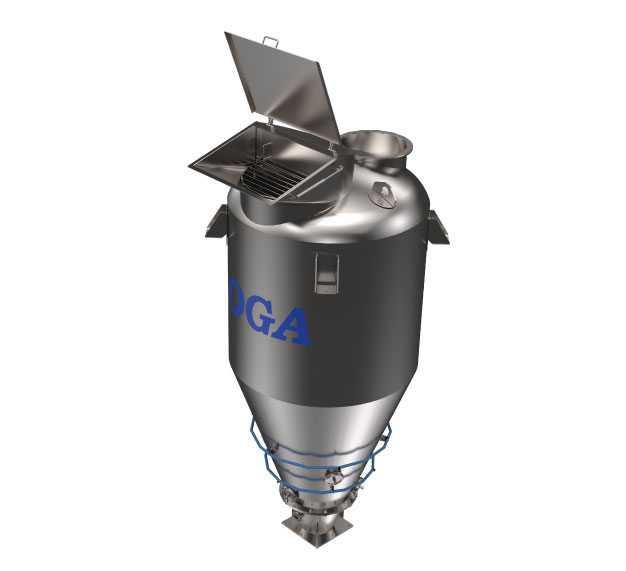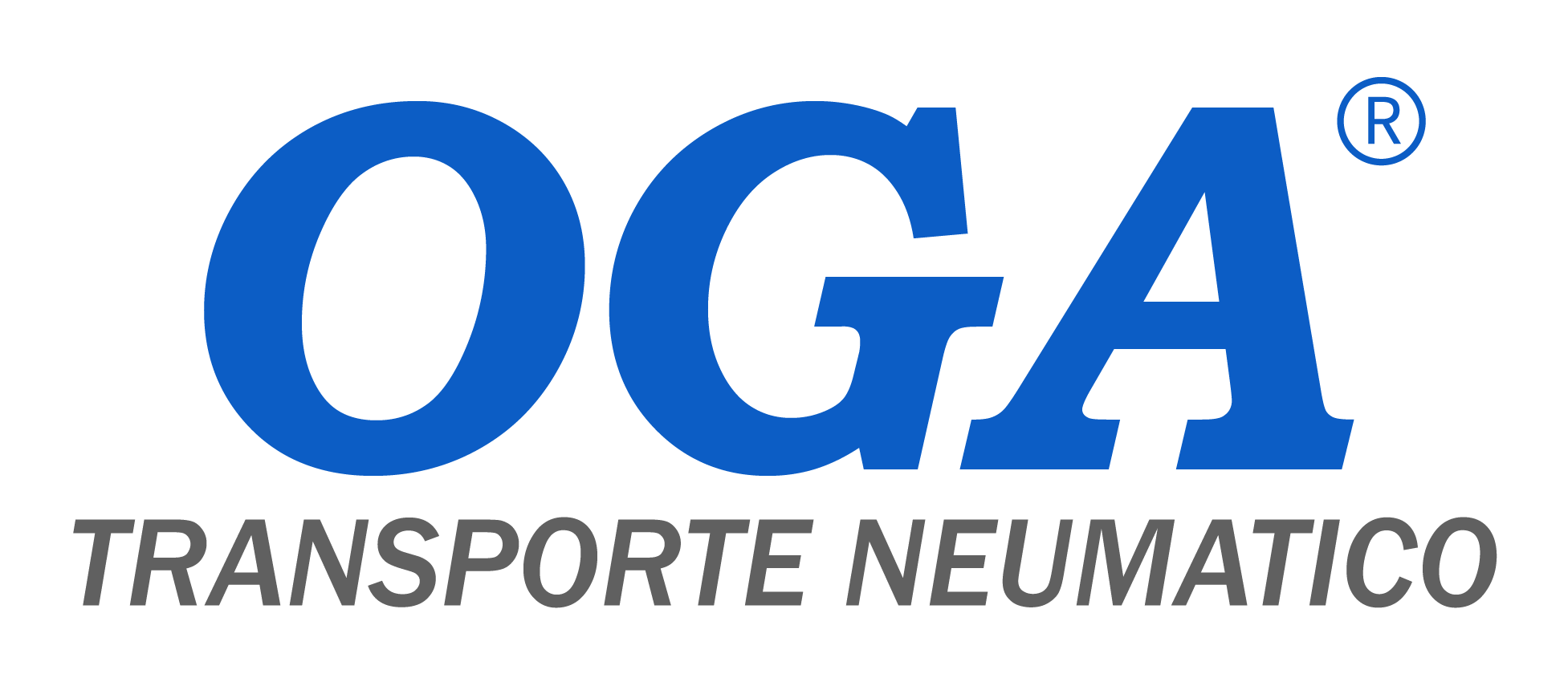









What is Cone Fluidization in Pneumatic Transport Systems?
Cone fluidization in pneumatic transport systems is a process that facilitates the uniform flow of bulk materials, especially those prone to compaction or blockages in a silo or hopper. In this process, air or gas is used to create an upward current at the base of the cone, reducing friction and allowing the material to flow continuously and uninterrupted through the pneumatic transport system. Cone fluidization helps keep the material suspended and improves transport efficiency by preventing accumulation and obstruction problems.

- Constructive material stainless steel / Carbon steel.
- Radial aeration system for cone fluidization.
- Pressurized air accumulator.
- 8mm pneumatic hose.
- Fittings, mufflers, and solenoid valve.
- Control from the main control panel.
What Types of Cone Fluidization Exist?
Forced Air Cone Fluidization: Uses high-pressure air introduced at the base of the cone to keep the material moving and prevent blockages.
Vibration Cone Fluidization: Employs mechanical vibrations at the base of the cone to enhance material flow, reducing compaction and preventing accumulation.
Agitation Cone Fluidization: Utilizes agitators or mixers at the base of the cone to maintain material suspension and improve flow into the transport system.
Gas Injection Cone Fluidization: Introduces inert gas or compressed air into the cone to reduce material density and facilitate continuous flow.
Industries Using Cone Fluidization
Cone fluidization is utilized across various industries to ensure efficient and obstruction-free bulk material flow. Key industries include:
- Food Industry: To ensure continuous flow of powdered ingredients such as flours and sugars in silos or hoppers.
- Chemical Industry: To maintain constant flow of powdered chemicals and prevent blockages in transport.
- Pharmaceutical Industry: To handle active ingredients and excipients in powder form, ensuring efficient and uninterrupted transport.
- Plastic Industry: To ensure uniform flow of resins and plastic materials in silos and transport systems.
- Construction Industry: To facilitate the transport of materials like cement and sand, preventing compaction issues in storage.
- Mining Industry: For efficient handling of powdered minerals, preventing obstructions in transport and processing.
- Recycling Industry: To ensure continuous flow of recyclable materials, avoiding accumulation and facilitating processing.
These fluidization methods help improve the efficiency of material transport and processing in various industrial sectors.




